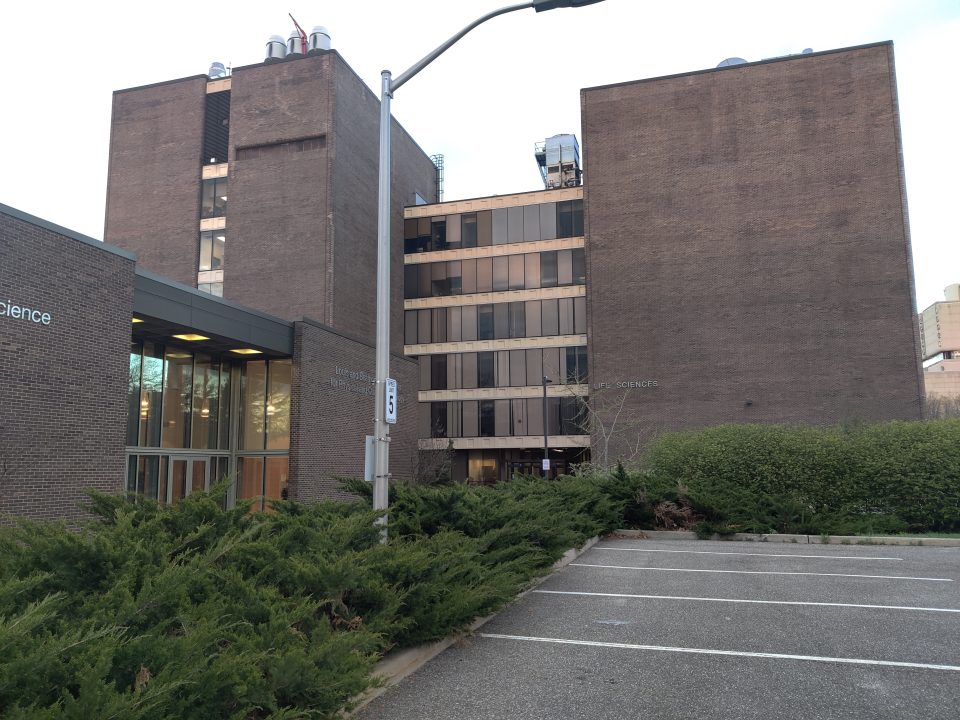
Fanni Frankl, opinions editor, is a senior journalism and political science dual major.
Over the years, I have seen multiple neighborhoods in my beloved city of New York change for, arguably, the worse. Looking around the town of Flushing where I grew up, I have seen small businesses run by regular middle-class families change into a Chipotle or a Starbucks. Walking the streets, I have even seen the social demographics of the community changing. Before, the only language that I would hear is Chinese, while now, the chorus of English from an Americanized, mostly white population becomes ever more present. Brand new luxury condominiums line the streets, tearing down the businesses that ran there, making me wonder, who can afford to live there?
The term “gentrification” was coined in the 1960s to describe the process of changing a community to improve housing and attract new business, often leading to the displacement of lower-income families. The influx of more affluent residents and businesses completely changes the structure and character of neighborhoods that made them unique. As such, gentrification is a serious issue that needs to be combated to protect the homes and communities of those who belong to these ever-changing neighborhoods.
In New York City alone, 12% of neighborhoods are actively experiencing gentrification. This is a disgustingly high number that does not begin to accurately encompass the true nature of the dwindling number of affordable housing for residents who aren’t making a six-figure income. These wealthier residents and proponents of gentrification believe that their actions bring economic prosperity and investment to neighborhoods that lacked it before. However, the reality of the issue remains that the populations that are reaping the benefits of gentrification are the rich who can afford to stay there. As a result, the “betterment” of the community wasn’t for those that lived there, it was for those who wanted to move in and replace those within the community.
Additionally, gentrification disproportionately affects the minority population in their strive to create a more “diverse” neighborhood. This argument is almost laughable in its complete ludicrousness. Wealthier residents tend to be statistically white. So, if the housing prices are increasing, they are more likely to be ousting minorities in favor of white people. In this sense, these areas become more and more segregated as the culture and character of these communities disappear. For instance, historically Black churches, local restaurants and other establishments meant to create a sense of belonging are now seen as unnecessary compared to the money from wealthy white people.
Instead of displacing residents who already lived in these lower-income communities, governments should set aside homes and buildings with rent control to, at the very least, mitigate the destruction of their neighborhoods. By controlling how much investors raise the rent in these areas, the original population will not have to move to possibly worse areas with fewer resources and poorer public schools. However, these policies must be kept in check to ensure that those who are benefitting are the lower-income populations they were instituted for.
Local governments should advocate for their own existing constituents instead of catering to wealthier individuals who never belonged in or cared about these communities to begin with. Gentrification is an ongoing and increasing issue that needs to be addressed by politicians to protect the city that voted for them. In order to prevent worse-off communities from being riddled with crime and unemployment, more funding needs to be allocated to neighborhoods to improve them instead of creating land for the rich. Lower-income families need homes, too, and politicians who support and believe that this is doing good for the community are living in a lie. Gentrification destroys neighborhoods that once housed cultured residents by ejecting lower-income, minority populations as if they never mattered.

















